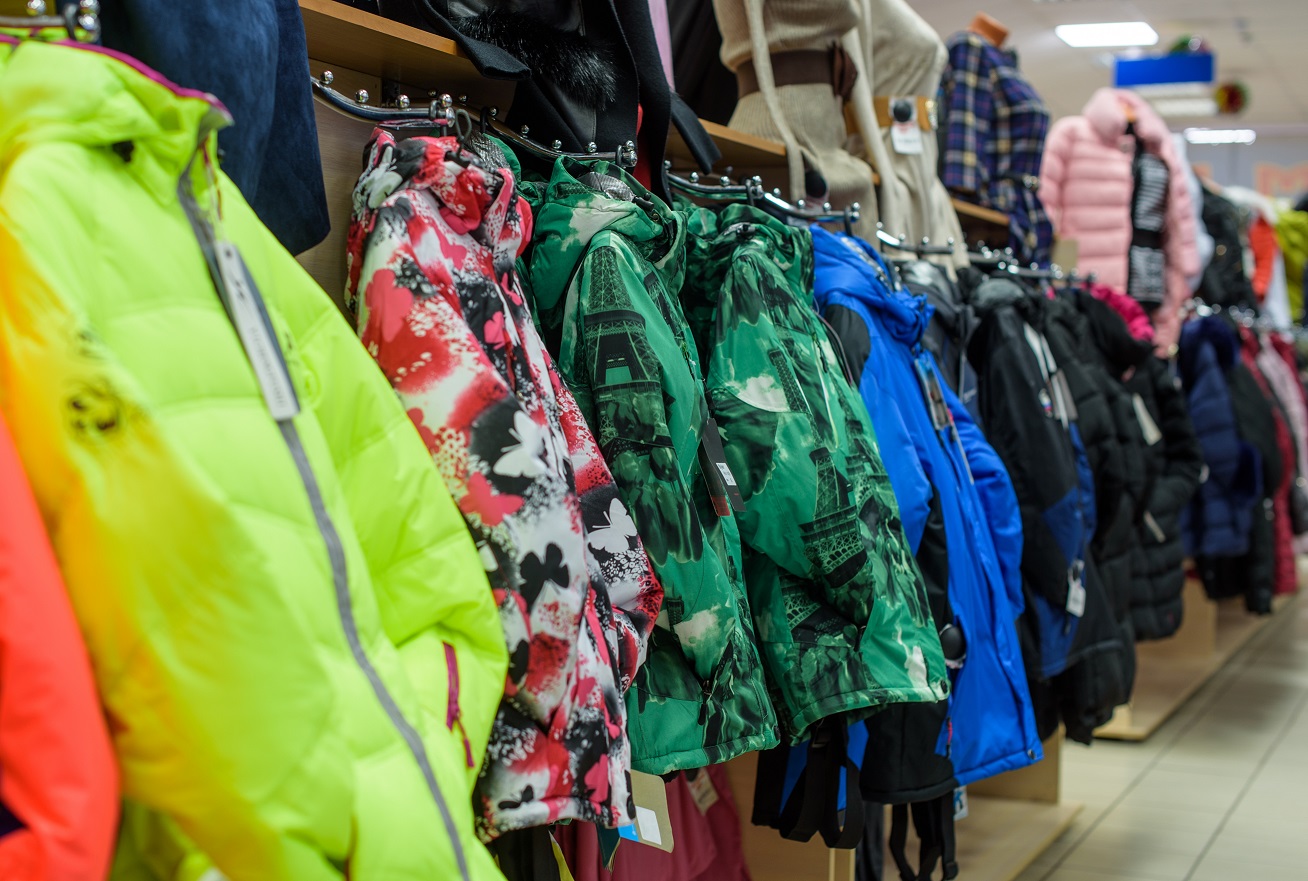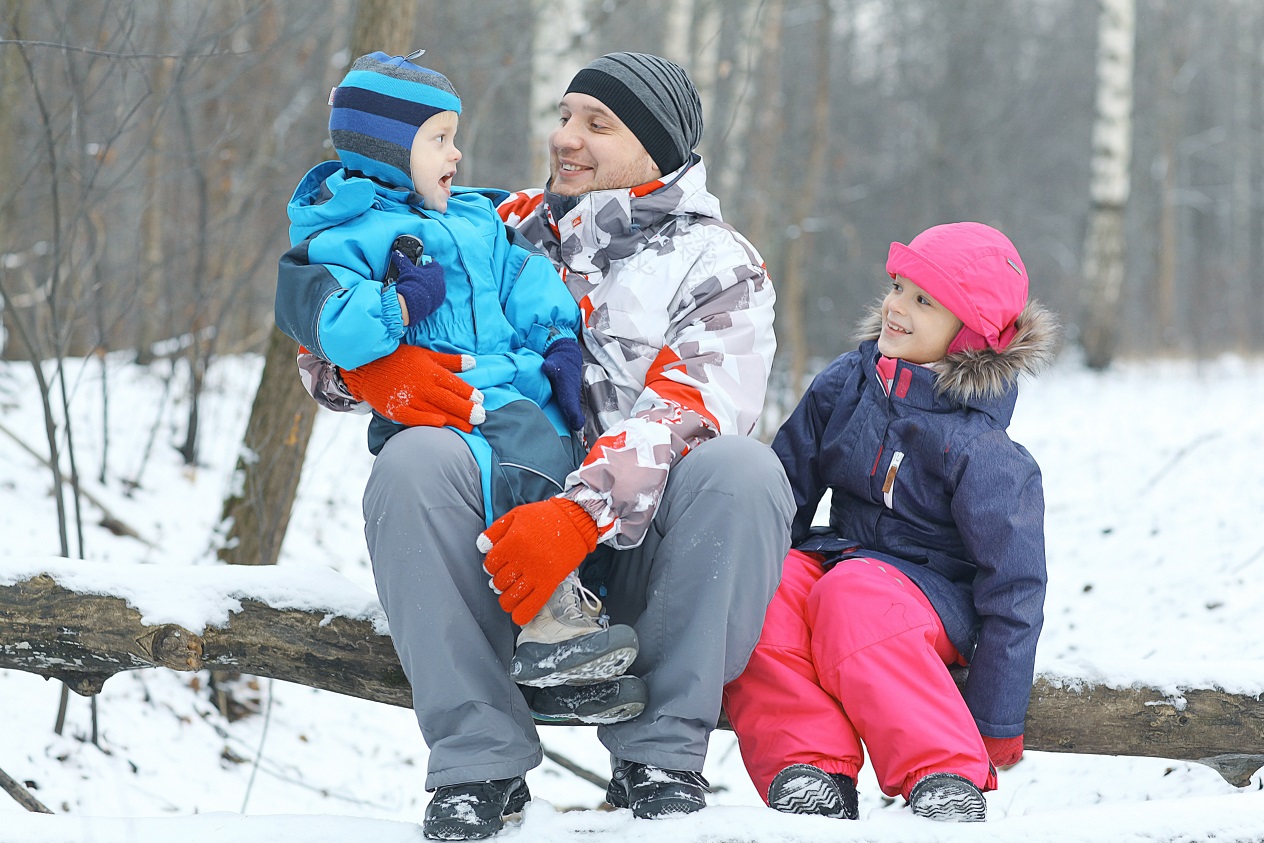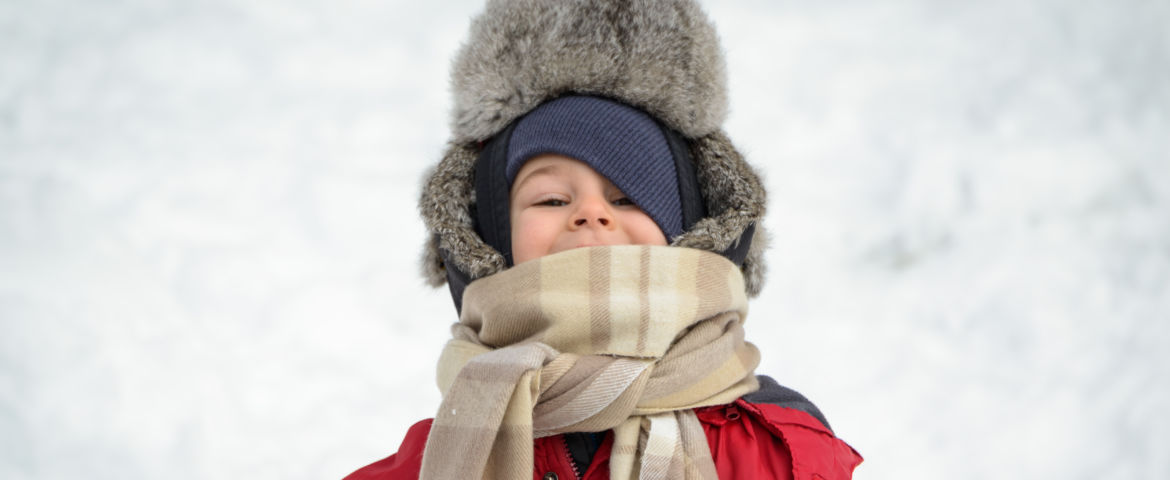No matter what outdoor activity you participate in during the winter months, dressing appropriately is vital to prevent serious health issues such as hypothermia and frostbite.
Hypothermia occurs when your body can’t produce heat as fast as it loses it. This causes your body temperature to drop below 95 degrees, affecting heart, nervous system and other organ function.
Getting outside to get active in the winter is a great way to destress and burn calories, as long as you dress safely.
The initial symptom of hypothermia includes shivering, followed by slurred speech, shallow breathing, weak pulse, lack of coordination, drowsiness, confusion and eventually loss of consciousness.
Frostbite occurs when your skin and its underlying tissues freeze. Most commonly occurring on fingers, toes, the nose, ears, cheeks and chin, frostbite is an alarming condition. It can cause serious complications including infection and nerve damage, if not treated properly.
The three types of frostbite include frostnip, superficial frostbite and severe frostbite. Frostnip is the first stage of frostbite, which causes your skin to turn pale or red and feel very cold to the touch. Superficial frostbite is the second stage. It causes reddened skin to turn white and may result in ice crystals forming on the tissue. Severe frostbite damages all layers of the skin, causing numbness, pain and causing the skin to turn black as the tissue dies after rewarming.
This is why it is important to dress appropriately for your winter activity. Remember, getting outside to get active in the winter is a great way to destress and burn calories, as long as you dress safely.
Learn to layer.
There are three main layers under your jacket you should consider in your winter wardrobe. The first is the base layer. For winter, it is important that this layer have the ability to wick moisture and dry quickly because it’s always against your skin. The second, or mid layer, is typically a long sleeve shirt, such as a button up. The third and final layer is the insulating layer. This layer is your primary source of warmth as it includes fleece pullovers or wool sweaters. Once you have your layers, it is time for your jacket outerwear.
Judge your jacket.
The jacket is a crucial part of keeping warm. When the weather conditions are snowy and cold, you want a jacket that is both waterproof and breathable. This keeps you warm and dry from the wet snow—and allows your body to breathe—without letting in the wind.

Learn to layer: leg edition.
Layering is important for your legs, too. You might wear a long underwear base under your pants the next time you head outside in a cold front. Snow pants are essential to keeping your legs both warm and dry. Similar to your jacket, this piece of outerwear needs to be waterproof and breathable.
Bring on the (right) boots.
Having a warm pair of boots for the snow is critical to keeping your feet nice and warm. Protect your toes from frostbite with insulated boots and warm socks. Cotton socks tend to absorb moisture, making them not the best option for keeping your feet dry. Wool socks will stay dry in your boots, protecting your feet from moisture or the elements. Remember, just because a boot looks stylish doesn’t mean it’ll protect you from the harsh elements. Try a lined boot with a rugged exterior for a good, warm defense.

Assemble the accessories.
Since your extremities are the most prone to frostbite, it’s important to keep them warm. Protect your neck and face with a neck warmer, facemask or scarf. Most heat is expelled through your head, so a hat or beanie is a must. Protect your fingers with warm gloves or mittens. Mittens will keep your fingers warmer by keeping your fingers all together, but insulated gloves are another warm option.
When you are outdoors for long periods of time such as sledding or skiing, be sure to take frequent breaks to warm up inside. Many sledding and ski hills offer a lodge to warm up with warm beverages. Just be sure to wear a face mask and maintain social distancing if you are around people outside of your household in the lodge.

In extreme cold, protect yourself and your loved ones, especially your kids, by staying inside. If you do find yourself venturing into the outdoors remember to dress appropriately to stay warm and dry.
Outfitting an entire family with the appropriate cold weather clothing can be expensive. If you need help financing your winter wardrobe and seasonal sales aren’t enough, try thrift stores or check with community organizations in your area such as churches, local schools and other non-profits for coat and winter clothing exchanges. Many shelters as well as the Salvation Army can also help. And, if you’re stuck outdoors, don’t brave the cold, Dégagé Ministries and Mel Trotter Ministries in Grand Rapids, or Cass Community Social Services and Detroit Rescue Mission Ministries are shelters that have space to hunker down and beat the arctic blasts.


